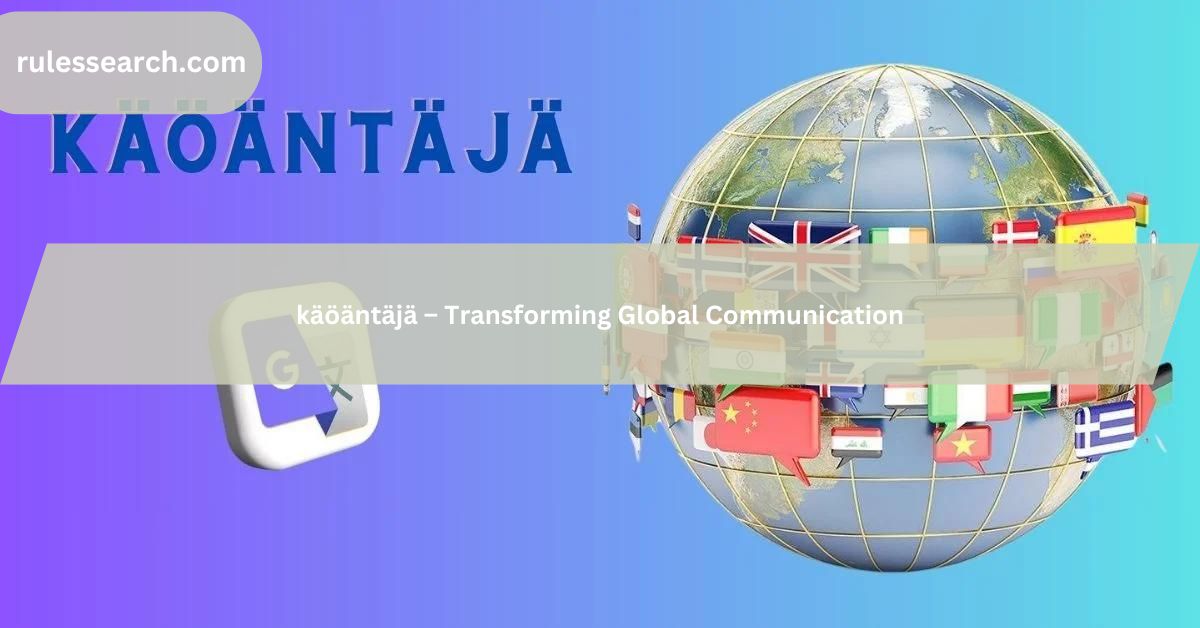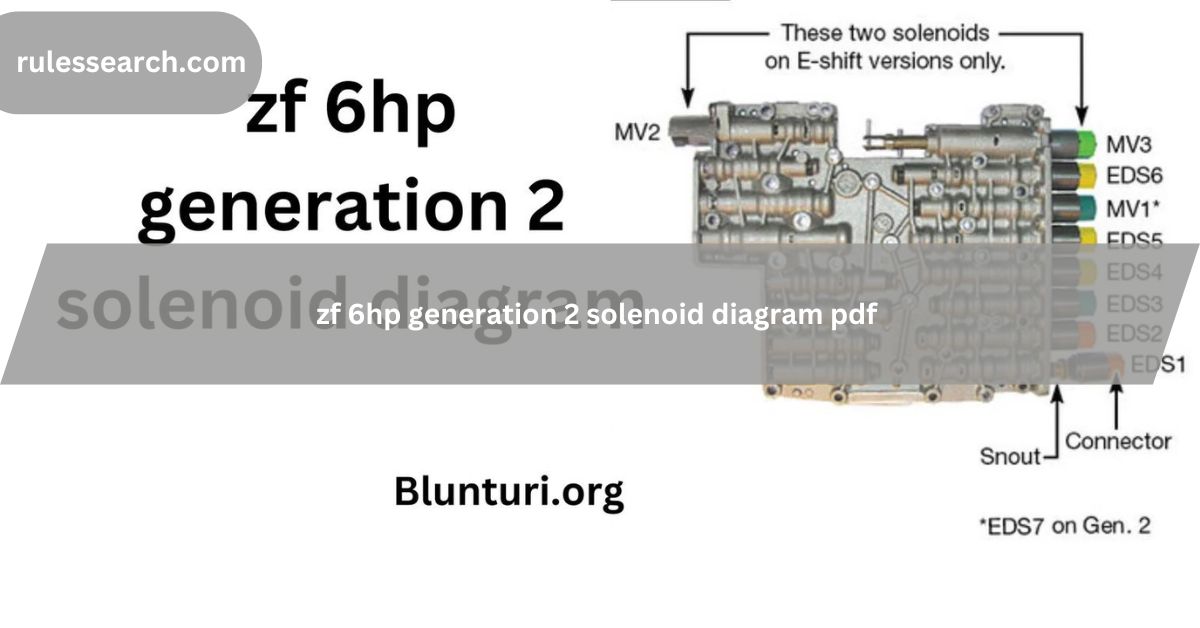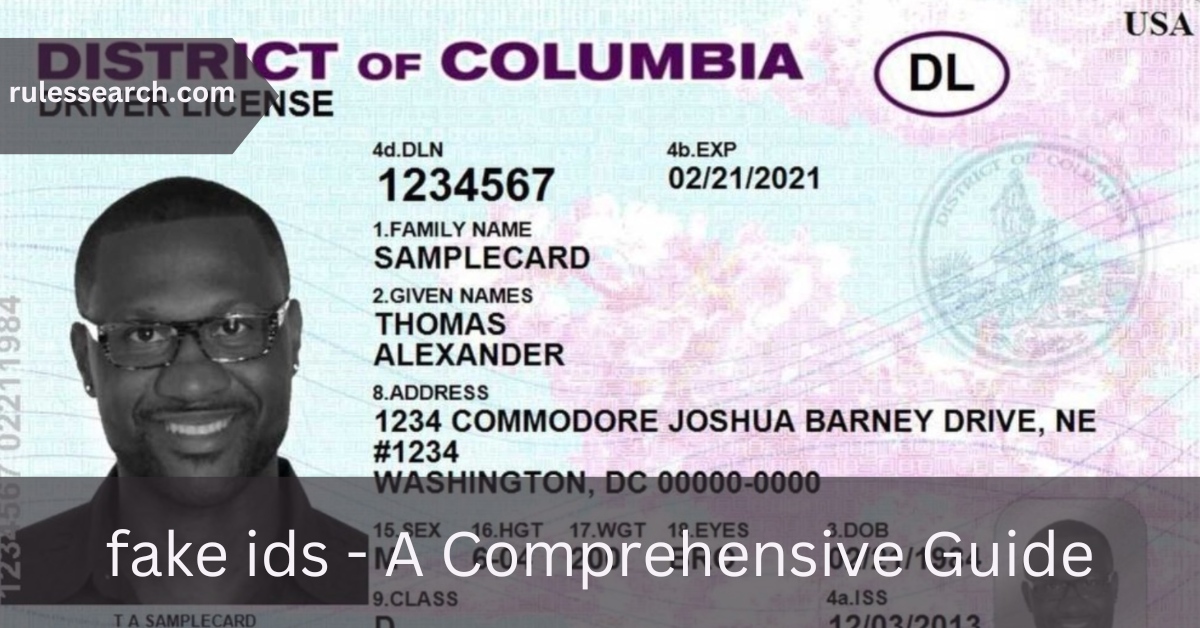In today’s interconnected world, the ability to communicate across language barriers is more important than ever. This is where käöäntäjä comes in—a transformative tool that has revolutionized the field of translation.
From its humble beginnings to the advanced AI-powered systems we see today, käöäntäjä has made significant strides in making global communication more seamless and efficient. In this article, we will explore the evolution of käöäntäjä, its impact on global communication, and its benefits for translation professionals.
The Beginnings of Käöäntäjä:
Early Translation Methods:
Before the advent of modern technology, translation was a labor-intensive process. Early translators relied on dictionaries and their own language skills to convert texts from one language to another. This method was not only time-consuming but also prone to errors. Despite these challenges, early translators laid the groundwork for the development of more sophisticated translation tools.
The Birth of Machine Translation:
The first significant leap in translation technology came with the development of machine translation in the 1950s. Researchers began experimenting with computers to automate the translation process. Early machine translation systems used rule-based methods, which involved creating a set of linguistic rules to guide the translation. While these systems showed promise, they were limited by their reliance on predefined rules and often produced awkward or inaccurate translations.
The Rise of Käöäntäjä:
Advancements in Machine Translation:
As technology advanced, so did machine translation systems. In the 1990s, statistical machine translation (SMT) emerged as a more effective method. SMT systems used large corpora of bilingual texts to learn how words and phrases in one language corresponded to those in another. This approach significantly improved translation accuracy, but it still had limitations, particularly with complex sentence structures and idiomatic expressions.
The Era of Neural Machine Translation:
The most recent and significant advancement in translation technology is neural machine translation (NMT). NMT systems use deep learning algorithms to analyze and translate texts. Unlike previous methods, NMT can understand context and produce more natural and accurate translations. This breakthrough marked the beginning of the era of käöäntäjä as we know it today.
How Käöäntäjä Works:
Understanding Neural Networks:
To understand how käöäntäjä works, it’s essential to grasp the basics of neural networks. Neural networks are computational models inspired by the human brain. They consist of layers of interconnected nodes (neurons) that process information. In the context of translation, neural networks analyze vast amounts of bilingual text data to learn patterns and relationships between words and phrases in different languages.
The Translation Process:
When a user inputs text into a käöäntäjä system, the neural network processes the text by breaking it down into smaller units, such as words or phrases. The system then uses its learned knowledge to generate a translation that maintains the original text’s meaning and context. This process happens in real-time, allowing users to receive translations almost instantly.
The Impact of Käöäntäjä on Global Communication:
Bridging Language Barriers:
One of the most significant impacts of käöäntäjä is its ability to bridge language barriers. With the help of advanced translation technology, people from different linguistic backgrounds can communicate more effectively. This has profound implications for international business, diplomacy, education, and everyday interactions.
Empowering Translation Professionals:
Käöäntäjä has also empowered translation professionals by providing them with powerful tools to enhance their work. While human translators are still essential for ensuring accuracy and cultural nuances, käöäntäjä can handle routine translations, freeing up professionals to focus on more complex tasks. Additionally, translation professionals can use käöäntäjä to improve their productivity and deliver high-quality translations faster.
The Benefits of Käöäntäjä:
Increased Accessibility:
Käöäntäjä has made information more accessible to people worldwide. Websites, documents, and other content can be translated into multiple languages, allowing more people to access and understand information that was previously out of reach. This increased accessibility promotes inclusivity and global understanding.
Cost-Effective Solutions:
For businesses and organizations, käöäntäjä offers cost-effective solutions for translation needs. Instead of hiring multiple translators for different languages, companies can use käöäntäjä to translate content quickly and accurately. This not only saves money but also speeds up the process of reaching international markets.
Enhanced User Experience:
In the digital age, user experience is paramount. Käöäntäjä enhances user experience by providing seamless and accurate translations. Whether it’s a multilingual website, a customer support chat, or an international marketing campaign, käöäntäjä ensures that users can interact with content in their preferred language, improving satisfaction and engagement.
Challenges and Future Directions:
Addressing Limitations:
While käöäntäjä has made significant strides, it is not without limitations. Some languages and dialects are still challenging for translation systems, and cultural nuances can sometimes be lost. Researchers and developers are continually working to address these challenges and improve the accuracy and reliability of käöäntäjä.
Integrating AI and Human Expertise:
The future of käöäntäjä lies in the integration of AI and human expertise. By combining the strengths of both, we can achieve even higher levels of translation quality. AI can handle routine translations and large volumes of text, while human translators provide the necessary cultural and contextual understanding to ensure accuracy and nuance.
Conclusion:
Käöäntäjä has come a long way from its early beginnings, evolving into a powerful tool that is transforming global communication.
By bridging language barriers and empowering translation professionals, käöäntäjä is making the world more connected and accessible.
As technology continues to advance, the future of käöäntäjä looks promising, with even greater potential for enhancing communication and understanding across languages.
FAQ’s:
1. What is käöäntäjä?
Käöäntäjä is an advanced translation tool that uses neural machine translation technology to provide accurate and natural translations across different languages.
2. How does käöäntäjä work?
Käöäntäjä works by using neural networks to analyze and translate text. The system processes input text, understands its context, and generates a translation that maintains the original meaning.
3. What are the benefits of using käöäntäjä?
The benefits of using käöäntäjä include increased accessibility, cost-effective translation solutions, enhanced user experience, and the ability to bridge language barriers.
4. How has käöäntäjä evolved over time?
Käöäntäjä has evolved from early rule-based machine translation methods to advanced neural machine translation systems. Each advancement has improved translation accuracy and naturalness.
5. Can käöäntäjä handle all languages?
While käöäntäjä can handle many languages, some languages and dialects still pose challenges. Researchers are continually working to improve the system’s capabilities.
6. Is käöäntäjä a replacement for human translators?
Käöäntäjä is not a replacement for human translators but rather a complementary tool. It handles routine translations, while human translators ensure accuracy and cultural nuance.
7. How does käöäntäjä impact global communication?
Käöäntäjä impacts global communication by bridging language barriers, making information more accessible, and enabling effective communication between people from different linguistic backgrounds.
8. What challenges does käöäntäjä face?
Challenges for käöäntäjä include accurately translating complex languages, understanding cultural nuances, and continuously improving translation quality.
9. How can businesses benefit from käöäntäjä?
Businesses can benefit from käöäntäjä by using it for cost-effective and efficient translations, reaching international markets faster, and enhancing customer experiences.
10. What is the future of käöäntäjä?
The future of käöäntäjä involves integrating AI and human expertise to achieve higher translation quality and expanding its capabilities to handle more languages and dialects.



